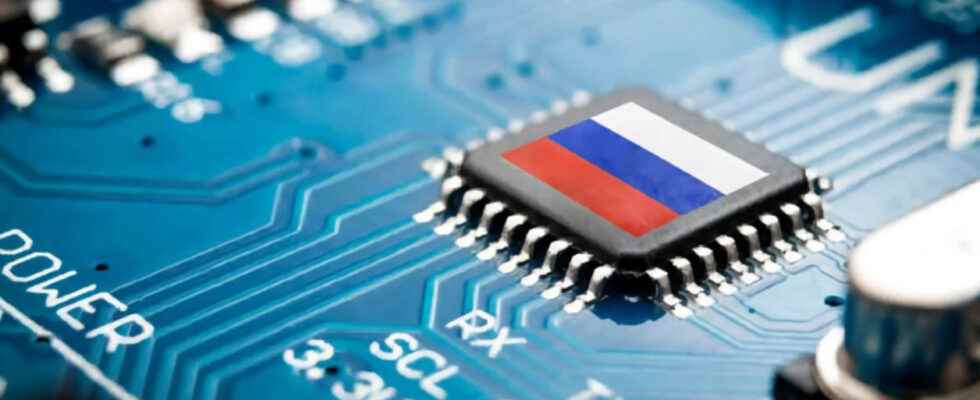The U.S. export embargo on Russia is having very many adverse effects on the economy of the invading Ukraine, including the deprivation of semiconductors like PC processors. AMD and Intel having ceased their activities in the homeland of Vladimir Putin, it is necessary to find alternatives more immediately operational than the Elbrus domestic processor – understand, desktop PC chips capable of running Windows (probably pirated) or versions of Linux.
Read also: Is this 100% made in China processor illegal? (2020)
If it seems obvious that Russia will supply American chips by side roads, it also has a legal and exotic alternative: Chinese Zhaoxin chips.
These x86 processors (Intel and AMD instruction set) are designed based on the intellectual property of Taiwanese VIA (which has an old license) and designed in China.
If Zhaoxin claims to focus on its domestic market, the Hong Kong motherboard designer “Dannie” sells its products in China (logical), Turkey, Lithuania… and in Russia. Dannie has also updated his websites to present a new motherboard.
Read also: Sovereign Russian processor is still too bad to replace chips from Intel and AMD (2021)
Despite promises of Zhaoxin’s exclusive China focus, Russian companies like Tonk (ТОНК) are already using its chips in laptops and NUC clones. Machines that are certified Windows compatible, RedOS (Linux, certified by the Russian Ministry of Telecoms) and Astra-Linuxa distribution based on Debian and certified by the Russian Ministry of Defense and used even in the intelligence services.
For client workstations, not for intensive computing
Engraved in 16 nm and based on somewhat dated plans, Zhaoxin’s SoCs – the KaiXian, KX – are multi-core chips integrating a graphics chip, and compatible with conventional technologies – USB 3.0, HDMI, USB-C, Wi- Fi, etc.
Not enough to simulate nuclear fusion or even play 3D games in 4K, but enough power to run browsers, videos, business applications and office solutions. In short, enough to run “the shop”, which Russia absolutely needs at the moment.
While it is difficult, if not impossible, to know what proportion of Taiwanese-Chinese chips will arrive in Russia compared to Intel and AMD chips that will arrive via parallel markets (friendly countries, etc.), it is however interesting to see the interest of Zhaoxin growing for geopolitical cause.
Also see video:
Also see video:
If Russia’s office automation needs can be partly covered by Chinese aid, for intensive computing needs, on the other hand, Russia will have many more problems to provide. The restrictions surrounding Xeon (Intel), EPYC (AMD), A100/H100 (Nvidia) and other Power (IBM) chips are much more severe. And American chips represent 99% of the Top 500 supercomputers…
Source : Tom’s Hardware USA
